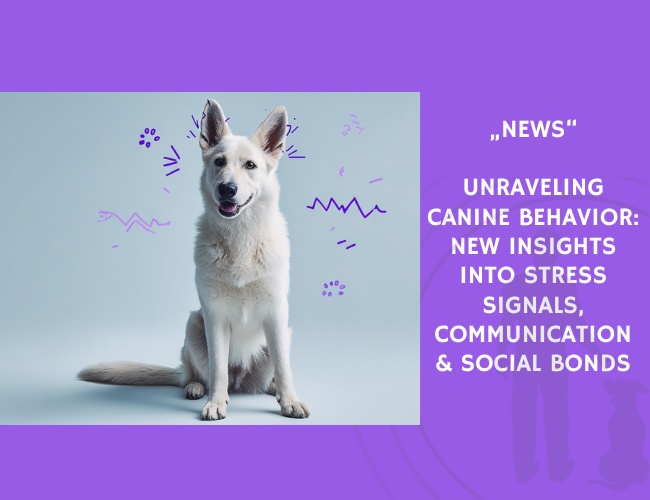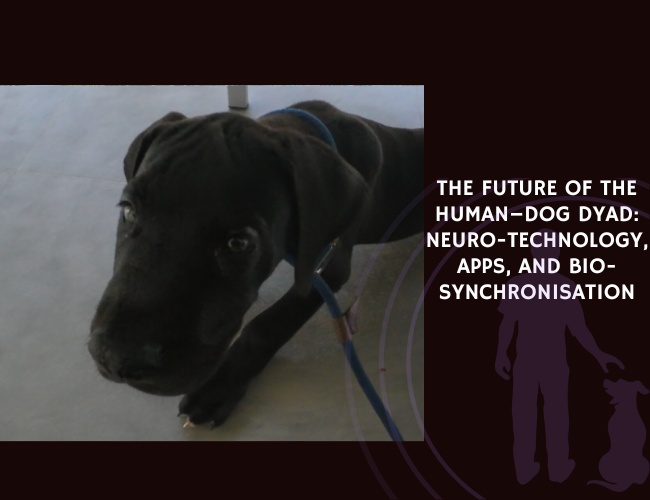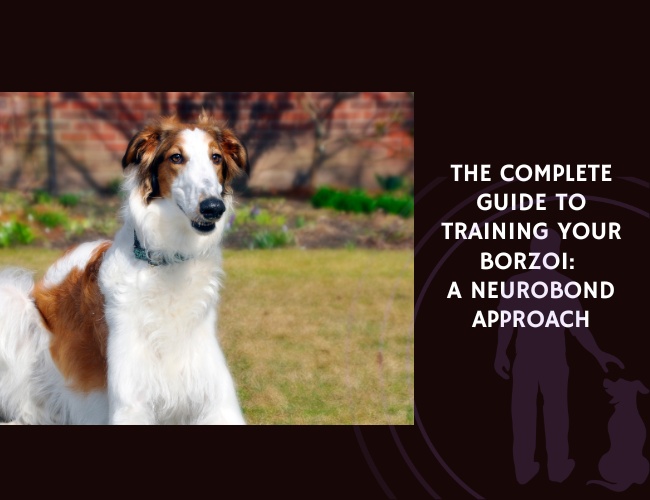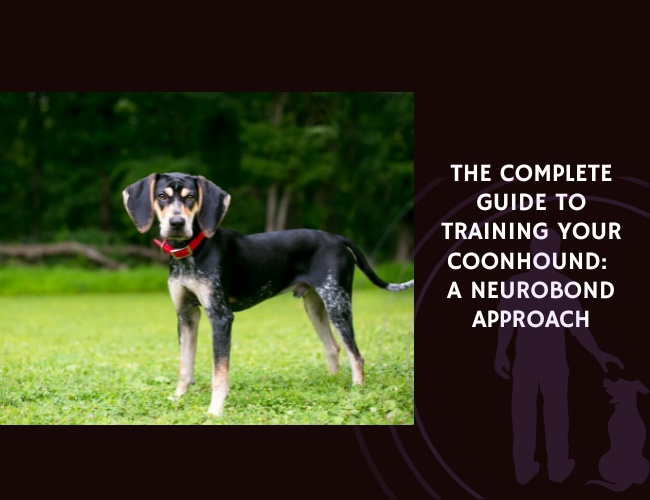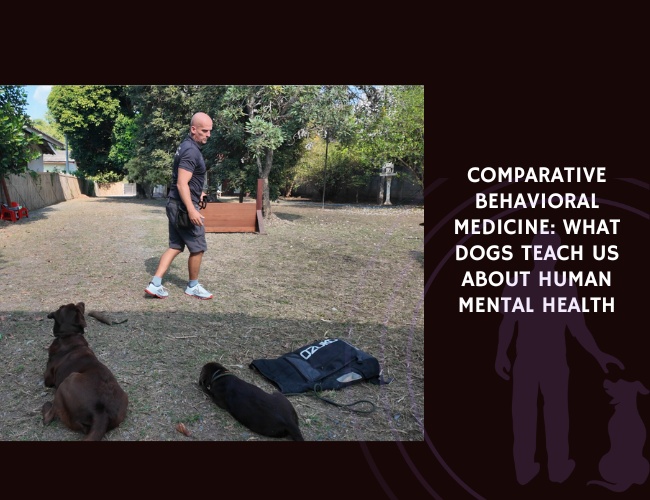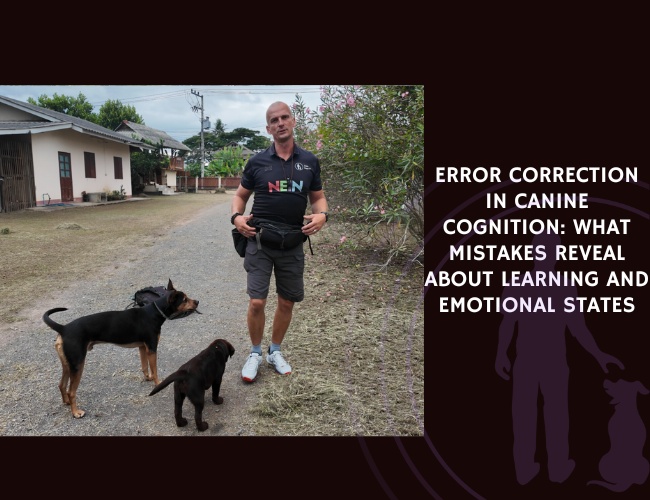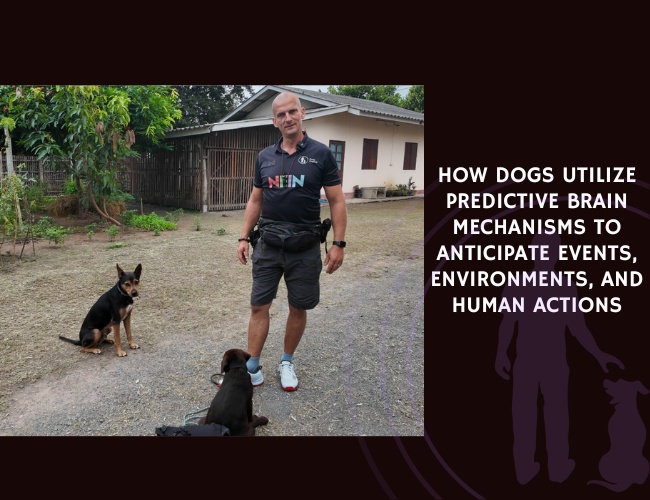Zoeta Dogsoul responds to the global call for evidence-based dog communication by highlighting new research on stress, affection, and canine body language. This article breaks down the findings and shows how they align with our invisible leash philosophy.
🧬 Research Launch: New 2024 Review Decodes Canine Communication and Social Signals
Understanding canine behavior isn’t guesswork — it’s science. A newly published review by Prottoy Bhadury and Arundita Bhattacharjee in the International Journal of Research and Innovation in Applied Science brings clarity to what our dogs are really trying to say.
By analysing physiological and environmental influences on behavior — from yawning and blinking to tail wagging, ear posture, and pawing — the paper uncovers how emotional states like stress, affection, or tension manifest through body language and vocalisation.
What makes this review unique is its focus on breed-specific social tendencies and how communication shifts based on environmental stimuli. The findings offer valuable insights for trainers, veterinarians, and dog owners alike, who want to deepen their understanding of canine signals — especially in group or high-stress situations.
As Zoeta Dogsoul continues to lead in dog-human communication and emotional bonding, this research aligns with our mission to decode behavior, not control it. Our NeuroBond Invisible Leash Program already puts many of these principles into practice — by listening before leading.
Key Takeaways:
- 🐾 Ear position is not random — it signals emotional readiness or stress.
- 🐾 Pawing may indicate both stress and affiliative desire, depending on context.
- 🐾 Tail movement patterns vary not just by mood, but also by breed traits.
This study supports what we see every day in the field: Dogs speak clearly — if we’re willing to listen with the right lens.
Source: Bhadury, P., & Bhattacharjee, A. (2024). Unraveling Canine Behavior: Insights into Communication, Stress Signals, and Social Interactions. International Journal of Research and Innovation in Applied Science.
